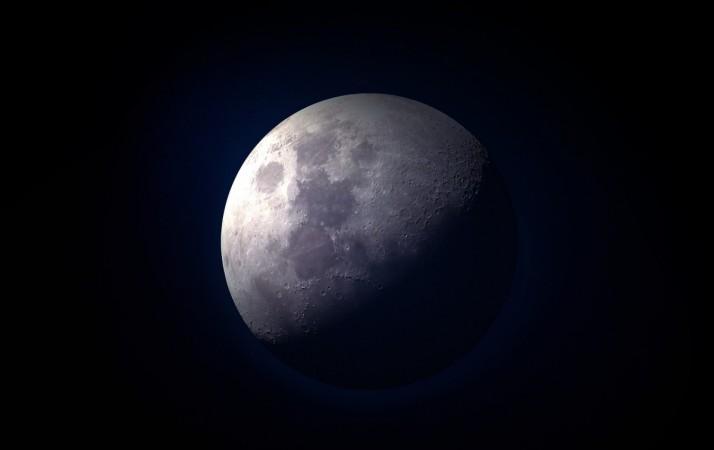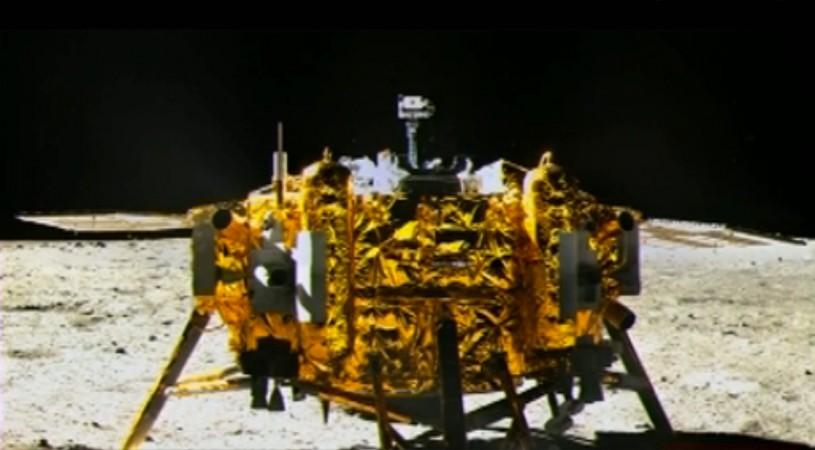
China is set to launch a pair of lunar missions in 2018 that will help it achieve something that no other country has so far been able to pull off: Land on the far side of the moon.
The missions, known collectively as Chang'e 4, are the country's latest in a string of space breakthroughs over the past few years. The first of the lunar missions is scheduled to be launched in June when a Long March 4C rocket will carry a 425kg relay satellite and station it about 60,000km behind the moon, providing a communications link between Earth and the lunar far side.
Once the link is successfully established, China will launch the second mission to send a lander and rover to the far side of the moon. A safe landing on the unexplored region on the moon is expected to be achieved with the help of timely guidance by the satellite.
Other than equipment to study the geological conditions of the region, the Chang'e 4 lander will also carry a container filled with seeds and insects. The container, which will be made from aluminium alloy, will demonstrate the growing process of plants and animals on the moon.
"The container will send potatoes, arabidopsis seeds and silkworm eggs to the surface of the moon. The eggs will hatch into silkworms, which can produce carbon dioxide, while the potatoes and seeds emit oxygen through photosynthesis. Together, they can establish a simple ecosystem on the moon," Zhang Yuanxun, chief designer of the container, reportedly told local media last year.
The container will be equipped with a layer of insulation to protect its contents from extreme temperatures. It will also be fitted with light pipes to ensure the growth of the plants and insects inside, while specially-designed batteries with high energy density will also be installed to provide a consistent energy supply.

The upcoming Chang'e 4 mission is the latest step in China's lunar exploration programme. In 2013, the country completed its first lunar "soft landing" since 1976 with the Chang'e-3 spacecraft and the Jade Rabbit rover.
China also announced plans to launch another space probe, dubbed Chang'e 5, to bring back samples from the moon, in what is seen as its response to the US President Donald Trump's ambitions to revive the country's space exploration.
"China has always made a big play about wanting to do international collaboration," Brian Harvey, space analyst and author of China in Space: The Great Leap Forward, told The Guardian. "I think there may be an element of wanting to do it to show the US that they have an international reach, despite the America effort to stop them."
According to Harvey, it's quite safe to presume that China will be able to send humans to the moon in the 2030s. If successful, it could be a major lead over NASA, which has no such plans for a manned lunar mission at present.
"Trump's directive was very vague," Harvey said. "We're still no more definite about when the Americans will set foot back on the moon."

















